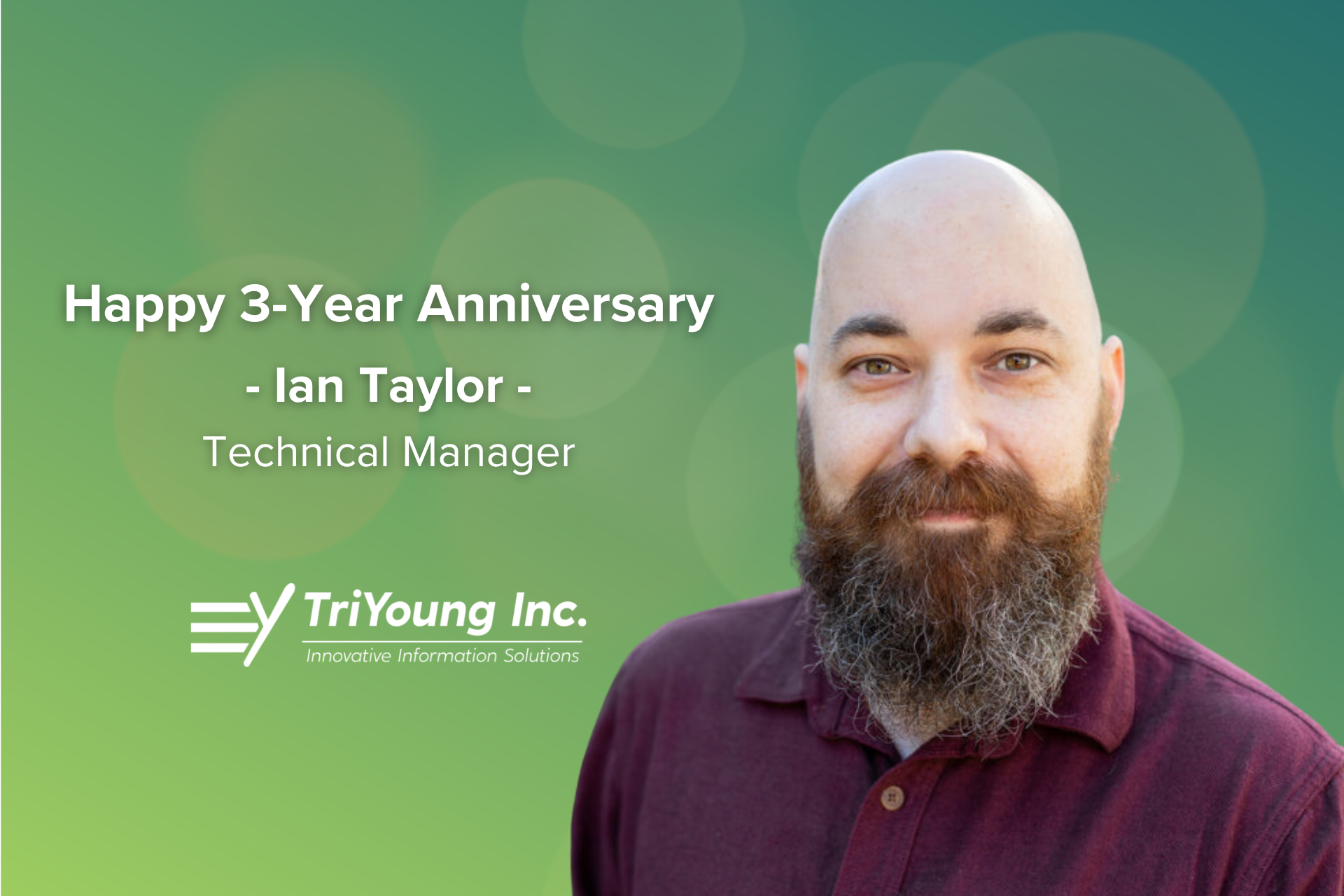As organizations that are deeply committed to making a lasting impact on the communities they serve, nonprofits need to be agile, efficient, and adaptable in an increasingly data-driven world.
A key element that significantly impacts the effectiveness of nonprofits is their ability to manage and utilize data from various sources. This is where data integration plays a crucial role, as it enables organizations to consolidate, centralize, and harness the power of their data to drive mission-critical strategies and decisions.
Data integration refers to the process of combining data from different sources and making it accessible and usable across the organization. For nonprofits, this involves bringing together crucial data points, such as donor information, volunteer engagement, program outcomes, and financial data. When integrated effectively, nonprofits gain a comprehensive, real-time view of the organization, allowing them to make better-informed decisions, increase efficiency, and maximize their impact.
In this article, we delve into the many facets of data integration for nonprofits, exploring its benefits, potential challenges, and the various implementation strategies available. As a nonprofit leader, you’ll gain a better understanding of the power of data integration and learn how it can help streamline your operations and bolster the transformative, life-changing work that lies at the heart of your mission.
The Advantages of Data Integration for Nonprofits
Data integration offers numerous benefits to nonprofits, enabling them to operate more efficiently, strategically, and effectively in their pursuit of meaningful change. Some of the most significant advantages of data integration include:
- Enhanced Decision-Making: Consolidating data from disparate sources allows nonprofits to gain a comprehensive, real-time understanding of their organization’s performance. This holistic view enables leaders to make informed decisions that align with their goals and drive impactful results.
- Improved Operational Efficiency: By streamlining data management processes, data integration enables nonprofits to reduce the time and effort spent on manual tasks, such as data entry and data cleaning. The result is increased productivity and better allocation of resources to focus on mission-driven initiatives.
- Increased Donor Engagement: Effective data integration can help nonprofits track and analyze donor behavior, enabling targeted outreach and personalized communication. A solid understanding of donor preferences and patterns leads to improved engagement and enhanced fundraising efforts.
- Stronger Reporting Capabilities: With all data sources connected, nonprofits can quickly and easily generate accurate reports that track key performance indicators, program effectiveness, and financial health. These comprehensive reports aid in maintaining accountability, transparency, and compliance with various stakeholders, including donors, board members, and regulators.
Addressing Challenges in Data Integration for Nonprofits
While the advantages of data integration are evident, nonprofits may still encounter some challenges and obstacles when attempting to consolidate their data effectively. Recognizing and addressing these roadblocks is crucial to ensuring successful integration and reaping the benefits it offers:
- Data Silos: Nonprofits often maintain data in different systems or departments, leading to disconnected, siloed, and inaccessible information. Proper data integration procedures need to account for these silos and establish communication channels between systems, departments, and stakeholders.
- Data Quality and Standardization: Consolidating data from various sources can lead to inconsistencies, duplicates, and inaccuracies. Nonprofits need to establish data quality controls to ensure that integrated data represents a consistent and accurate collection of information.
- Limited Resources: Many nonprofits operate with tight budgets and limited staff. Implementing data integration solutions might seem challenging; however, investing in the right tools and processes can ultimately lead to improved efficiency, cost savings, and better outcomes.
- Data Privacy and Security: Data integration brings increased risk when dealing with sensitive information. Nonprofits must adhere to data privacy regulations, ensure secure data storage, and protect user privacy across the entire organization.
Implementing Data Integration Solutions for Nonprofits
Successfully integrating data within a nonprofit requires a strategic approach to maximize its benefits. Implementing data integration solutions can be achieved through the following steps:
- Assess Data Needs: Determine the goals and objectives of your data integration efforts, identifying the specific data sources, systems, and metrics that are vital to your organization’s success.
- Choose the Right Tools and Technologies: Select data integration tools and technologies that align with your nonprofit’s needs and budget. Cloud-based solutions, for example, offer cost-effective and scalable options for nonprofits looking to consolidate data effectively.
- Develop a Data Integration Plan: Outline your data integration strategy, detailing the steps required to connect disparate data sources, maintain data quality, and ensure the system’s ongoing performance.
- Create Data Integration Policies and Procedures: Ensure that data handling processes are standardized and communicated throughout the organization by developing policies and procedures that adhere to data privacy regulations and best practices.
- Train and Empower Your Team: Provide the necessary training and support to help staff members make the most of the integrated data. Encourage a data-driven culture that empowers your team to leverage their data insights effectively.
Fostering a Data-Driven Nonprofit Culture
As data integration solutions shape the decision-making landscape, nonprofits must promote a data-driven culture that encourages informed decisions and progressive strategies. Empower your staff, volunteers, and board members to utilize the data available, collaborate on insights, and openly communicate their findings to refine your organization’s approach to data-driven initiatives continuously.
By harnessing the power of data integration with TriYoung, nonprofits can optimize their operations, improve decision-making, and maximize the impact of their life-changing work. Embracing this essential aspect of data management enables organizations to serve their communities better and achieve their mission.
Reach out to TriYoung to help you navigate data integration challenges and unlock your organization’s full potential today!






